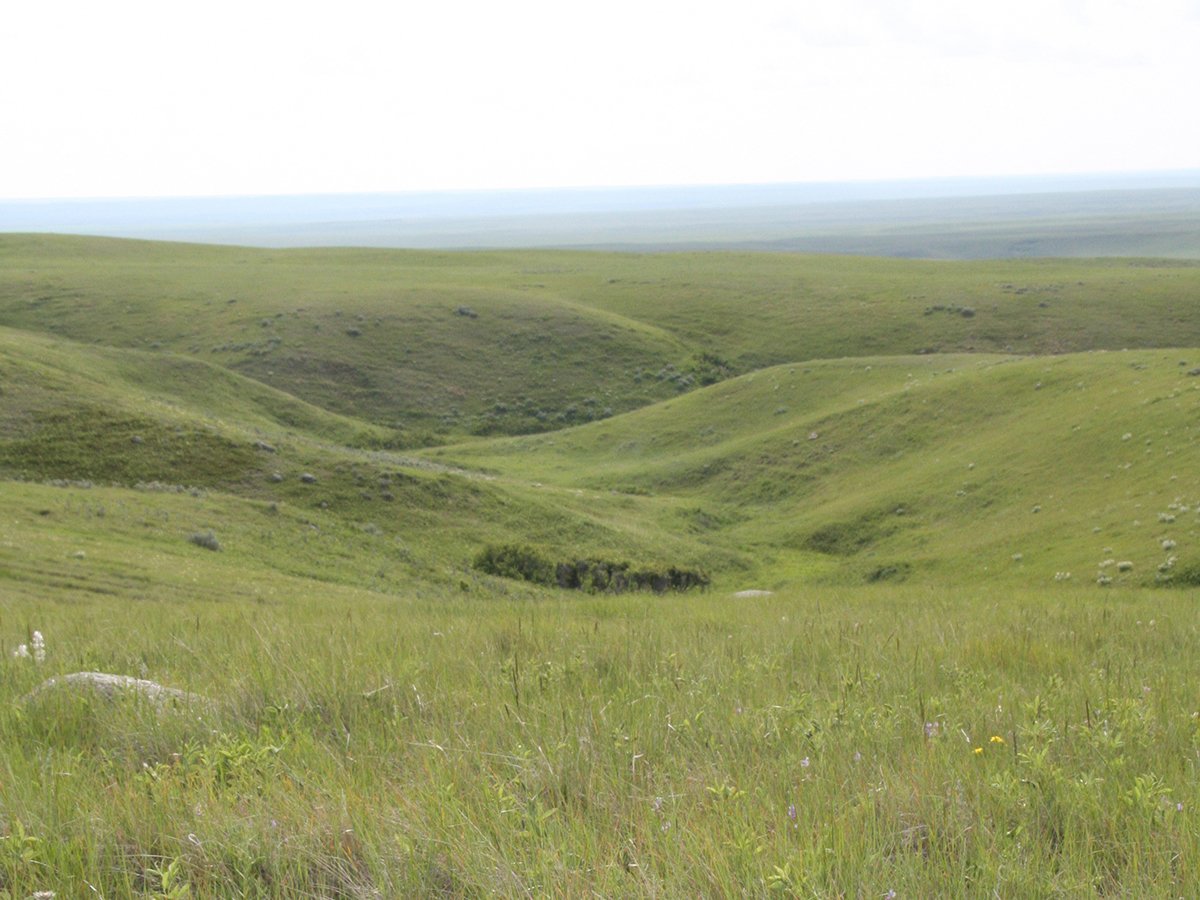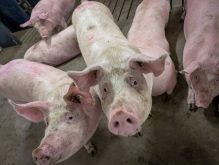SUNDRE, Alta. – For more than 110 years, Red Deer River Ranches has remained true to its heritage of a working cowboy outfit.
Established before surveyors mapped what is now west-central Alberta, it has had a number of owners and management styles over the years and today is a modern operation serving up beef and cowboy adventures to tourists from Calgary to Israel.
Jason and Marci Bradley have managed the 50,000 acre spread west of Sundre for the past six years since oil company executive Don Hanson bought it as a getaway from the city.
Read Also

Alberta irrigation project on grasslands approved
Environmental concerns raised by Alberta conservation groups over irrigation expansion project within rural municipality
The ranch is an intact unit consisting of deeded land, forestry reserve and leases. Most of the property has remained unchanged since Ontario settler Harry Graham established it in 1890.
When Hanson bought it he decided the historic site would be a paying beef proposition with a business plan, upgraded cow herd and proper grazing management.
His friend Jason Bradley said he was interested in managing the property even though he had no ranch experience. Hanson agreed and Bradley moved his family from Calgary, where he had a good job with a pension and benefits, to the uncertainty and challenges of ranch life.
It was a leap of faith for the former Nortel project manager.
“I was a fourth generation Albertan and I had never been west of Sundre,” he said.
While Hanson is a non-resident owner, he did not want the ranch to become a playground.
“The mandate I have been given is to manage the cattle business to make money,” Bradley said.
“It is a cattle ranch and it always will be. I didn’t come here to run a dude ranch.”
He had to learn how to run cattle and horses and live an extreme rural lifestyle.
He has never regretted turning his Nortel stock into livestock. After he resigned, he saw company shares drop to 60 cents from $75 and many of his colleagues found themselves unemployed in a competitive, high-tech job market.
Neighbours were gracious, offering help when it was needed.
When the Bradleys and their children Cherilyn and Noah arrived, the first year was spent cleaning up the yards and building sites and sorting through an inconsistent cow herd of 400 pairs.
The next few years were filled with adversity, forcing Bradley to reduce the herd by half.
Smoke from a major forest fire sickened many calves and some died of pneumonia, costing the ranch more than $50,000. Later, drought forced a major cow cull and no replacements were introduced when BSE struck.
Bradley refused to be defeated and stuck to his plans.
He worked with the Alberta Sustainable Resources department that controls government leases to calculate the best use of the forage and ways to increase carrying capacity. A riparian management strategy is next.
“We could be at 800-1,000 pairs if we managed things properly,” he said.
The herd is a Red Angus base that is upgraded in the fall with purchased pairs or bred heifers. All calves are sold at auction to the feeder market in November.
However, Bradley and Hanson agreed diversification was necessary if the ranch was to do better than break even.
“We realized we didn’t want to have just our calf crop as a revenue stream.”
Tourism seemed logical. New cabins with full amenities were built and old bunkhouses were renovated for a rustic getaway.
“If it wasn’t for the guest ranch going on four years now, we’d be just about done,” Bradley said.
Working with local tourism groups, the ranch is constantly expanding activities and is almost fully booked already through a website and word of mouth.
Guests who are looking for a ranch experience are invited to help with chores, depending on their skill level.
Those who want to put their feet up and appreciate nature can do that as well.
Activities include wilderness first aid training weekends, fly fishing, white water rafting, barn dances, cattle drives, trail rides and heli-adventures.
All this is handled with a small staff that includes Bradley as manager, a cow boss, receptionist and custodians for the cabins.
A major advantage is being close to the corporate world of Calgary and Edmonton, where people have extra disposable income.
A special treat for Bradley is the opportunity to educate his guests about rural life.
An increasing number of visitors are at least three generations removed from the farm and know nothing about food production.
As he leads trail rides through the wilderness, Bradley teaches guests about the importance of agriculture, grazing management and reasons for certain forestry practices.
“I think it is important and people get to hear whether they want it or not,” he said.

















